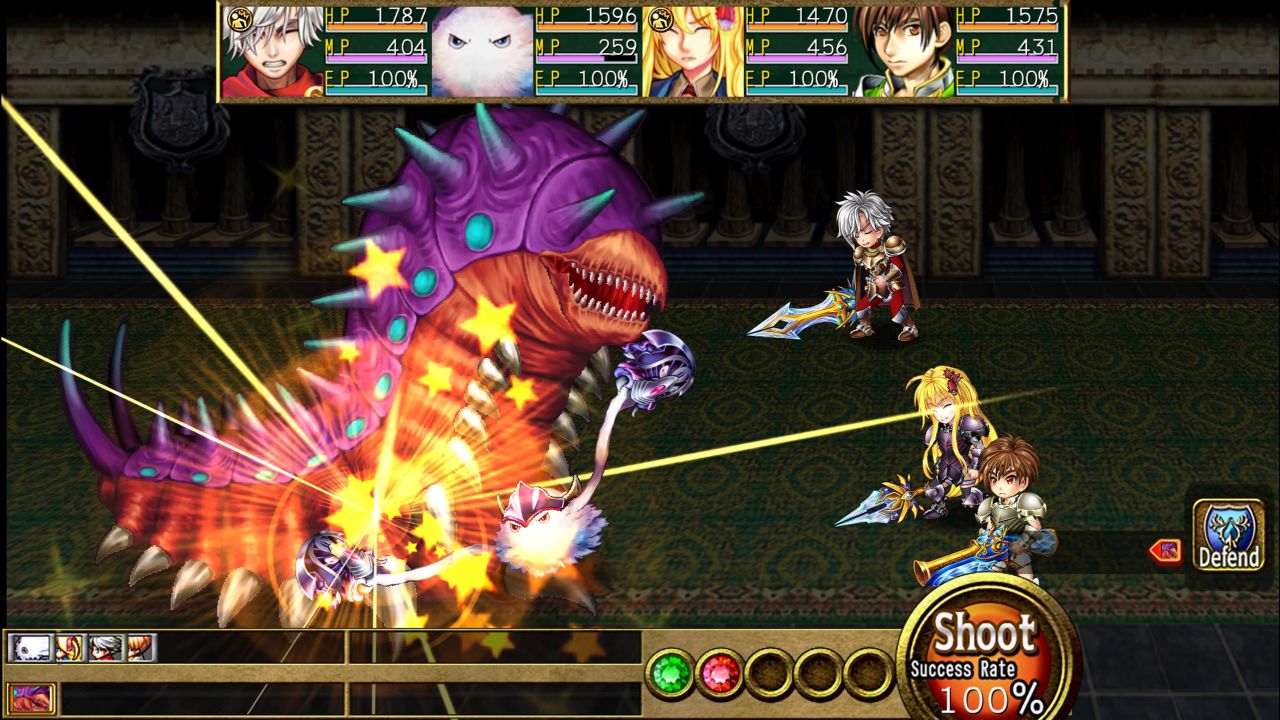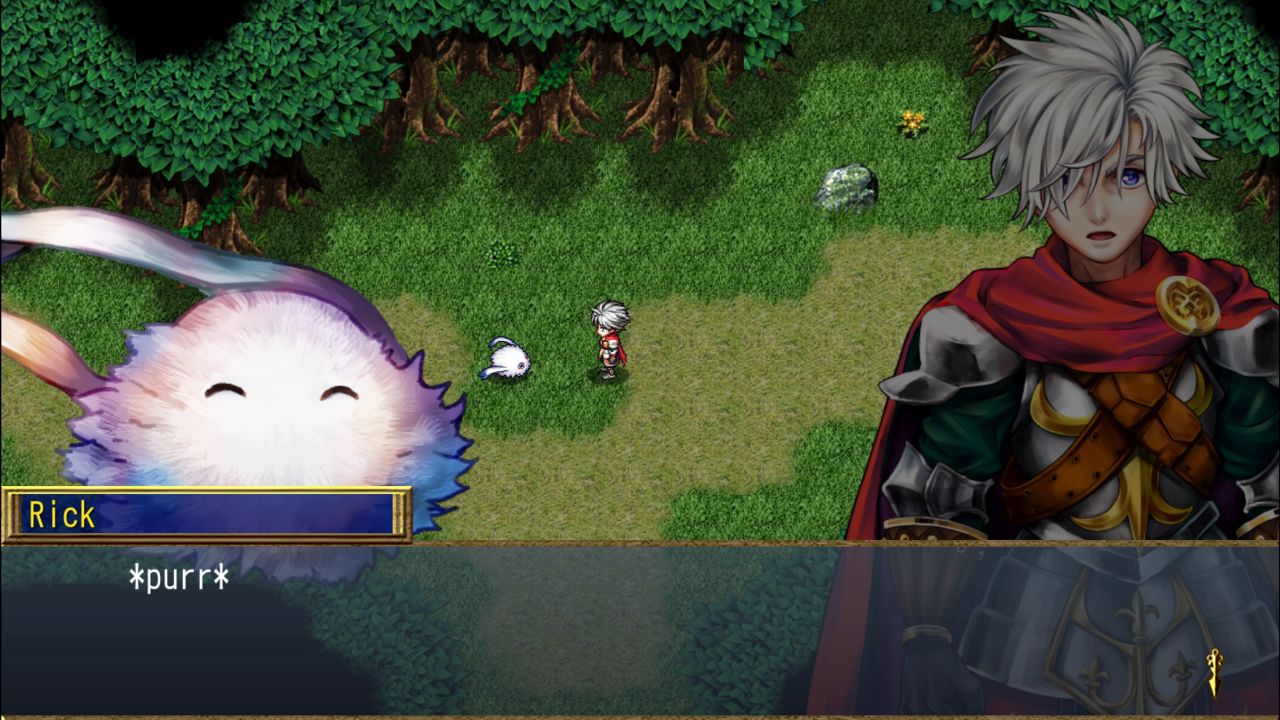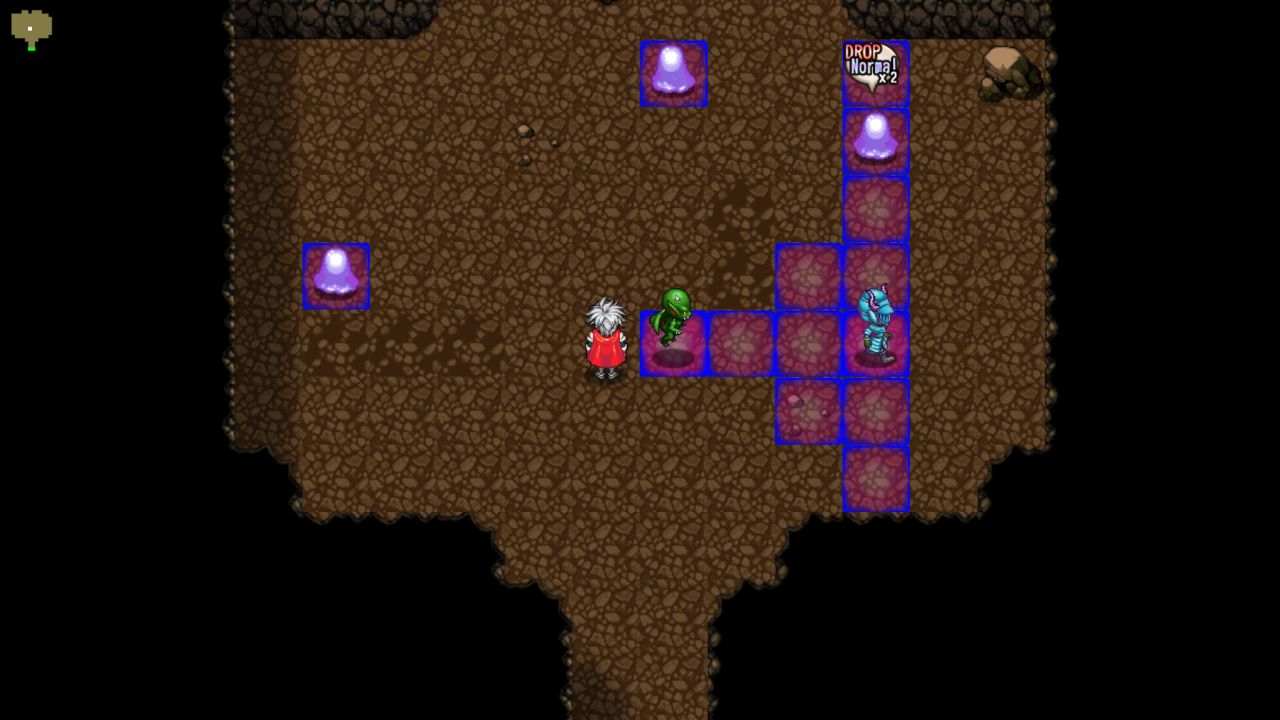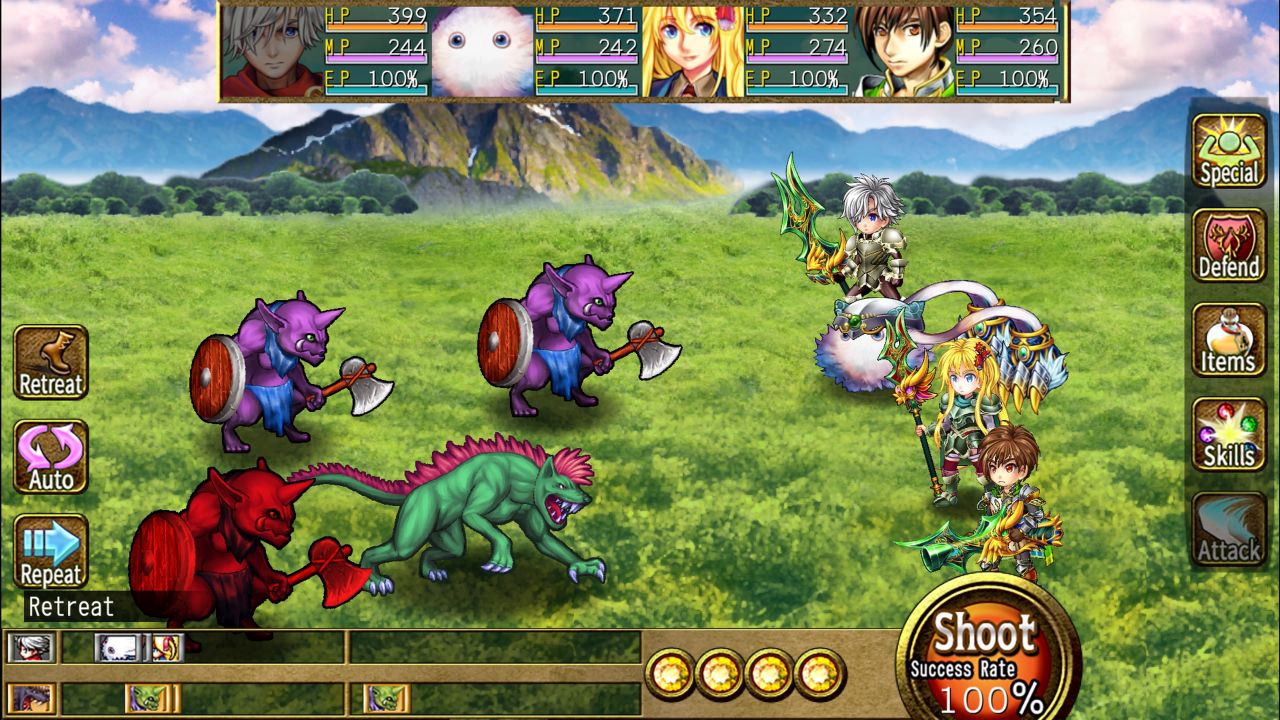All the elements are there, but not much else.
I think it’s time to drop the word “retro” from the gaming industry. There are so many “retro” games available now that they’re actually just…games. You need look no further than KEMCO for evidence of this, as with their latest JRPG for Nintendo Switch: Fairy Elements.
Originally released in 2016, Fairy Elements centers around a knight named Yamato who, after defeating the Demonious King, is somehow transported 200 years into the future (kind of like a certain space battleship we all know). He quickly meets the obligatory, chatty furball thing that would drive you insane were it voiced by an American actor.
Yamato also meets a woman named Tusbasa who is seeking her missing mentor. Despite the time jump (which Yamato is oddly chill about), it’s hinted this mentor could be the woman who helped Yamato take down the Demonious King.
Thus begins your adventure. It’s actually a decent premise, as it allows our hero to see firsthand how his actions have shaped the kingdom. The story itself isn’t all that effective, though, failing to provide emotional impact or any unexpected narrative twists. I’ve stated before that the familiarity of KEMCO games make them the comfort food of RPGs, and that continues here. You see the picture on the menu, and that’s exactly what you get when the waiter brings it out.
This familiarity isn’t a negative. Part of the fun in picking up a new KEMCO title is discovering the differences, so, where are they here? It begins with initiating battles. Rather than running into random encounters (I thought something was wrong when I completed the trek to the first town without a single fight), enemies are shown on the dungeon maps with an aggro radius. Step into the radius and a battle ensues. Sneak up without triggering the aggro and you could get a surprise bonus. Of course, the enemy gets the same if the attack radius flips and catches you by surprise. Even better, the aggro is color-coded to help you determine who to avoid. This is great not only for keeping you out of fights you’re not likely to win, but to also avoid fights that are too easy and therefore won’t help you level up.
Once you’re locked into a turn-based battle, you’re presented with the usual options: attack, use a character’s specific skills, use items, or defend. You can also utilize a special attack for more significant damage, but only on a limited basis, of course. Balancing these actions to weaken enemies or power up your party is key to winning the boss battles, but you can mindlessly push through most fights in the game.
The real variation comes via material management. Leveling up is more about improving your equipment than the characters, so maintaining your armor and weapons is key. You can place crystals in them to provide various perks for battles, and setting yourself up properly for specific battles is very rewarding. It’s not necessary most of the time, but you’ll find that particularly problematic bosses can usually be taken down with ease once you discover their weaknesses and prepare accordingly. It also means there’s more than one way to take down a foe, so you don’t need to completely abandon your approach when facing difficulty spikes.
Of course, this being a KEMCO Switch release, there are other ways to deal with the difficulty spikes. DLC is available to fully restore your characters after battles, to provide twice as much damage, and to triple experience gained. Prices range from $3.99 to $4.99 each, and any of these should be enough to push you quickly through the game. If they make things too easy, you can turn them on/off at will. 3X experience throughout the game, for example, will eliminate any challenge by the time you reach the end. So, if you just need a little help now and again, 2X damage is easy to enable only when you need it…
…or when things get grindy regardless. A lot of Fairy Elements is spent in dungeons completing quests or seeking items, so you’ll spend a lot of time fighting the same monsters over and over. Most of these are pretty easy anyway, so wrapping them up quicker helps to prevent boredom from setting in.
This is important, too, because the story isn’t enough to hold your interest. Without a compelling narrative, finishing Fairy Elements becomes a “completion for completion’s sake” endeavor.
Whether that’s enough to make this a worthwhile purchase will depend upon your need for a light RPG. More specifically, a KEMCO-style light RPG. They have dozens, many of which are better. If you’ve played them, Fairy Elements’ changes help it to feel a bit different. I’d like to see a KEMCO game that feels much different, but this offering does just enough to satisfy in the meantime.
Review: Fairy Elements (Nintendo Switch)
Fair
As far as KEMCO JRPGs go, Fairy Elements does its job—no more, no less. It’s fine as a light adventure you can return to from time to time, but you won’t be clearing room in your calendar to find that time.





